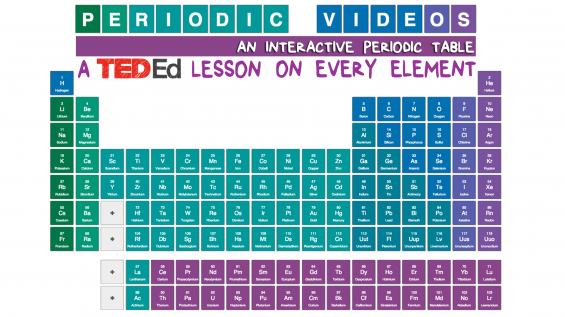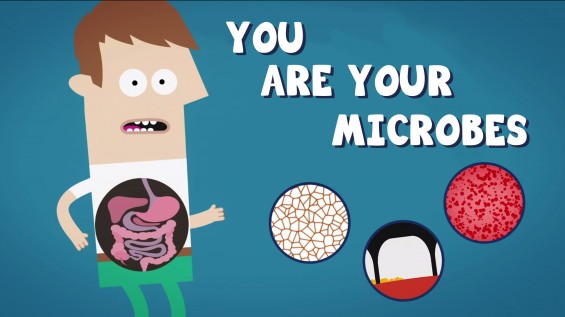
5 cookie pro tips from TED-Ed (and science)

Cookies are for everyone. But everyone has cookie preferences. When you slide that cookie tray into the oven, you’re setting off a series of chemical reactions that transform one substance — dough — into another — cookies! The better you understand cookie chemistry, the better equipped you will be to create the cookies you crave. Here are 5 cookie pro tips from TED-Ed (and science):
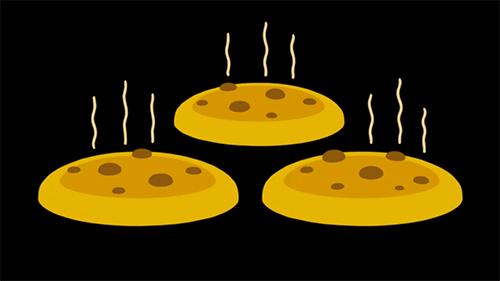
1. Lots goes on in that oven, but one of science’s tastiest reactions occurs at 310º F. Maillard reactions result when proteins and sugars breakdown and rearrange themselves into ring like structures which reflect light in a way that gives foods their distinctive, rich brown color. As this reaction occurs, it produces a range of flavor and aroma compounds, which also react with each other, forming even more complex tastes and smells.
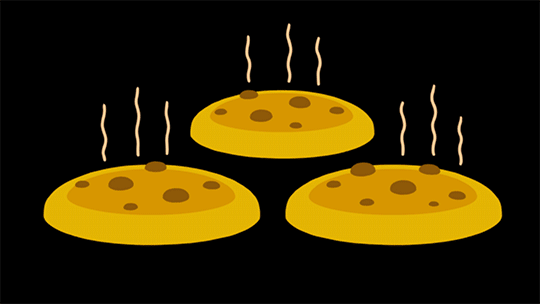
2. The final reaction to take place inside your cookie is caramelization and it occurs at 356º F. Caramelization is what happens when sugar molecules break down under high heat, forming the sweet, nutty and slightly bitter flavor compounds that define…caramel! So if your recipe calls for a 350º F oven — caramelization will never happen.
3. If your ideal cookie is barely browned – 310º F will do. But if you want a tanned, caramelized cookie, crank up the heat! Caramelization continues up to 390º degrees.
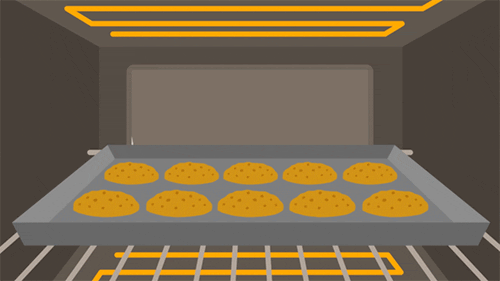
4. No need to check that oven like a fiend. You don’t even really need a kitchen timer — when you smell the nutty, toasty aromas of the Maillard reaction and caramelization, your cookies are ready!
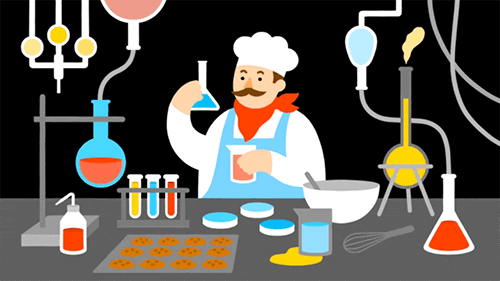
5. Baking is chemistry, friends! That’s right — PURE. SCIENCE. So check carefully before altering those recipes — chances are, some of those ingredients and quantities are there for a reason.
Curious what else happens in that oven? Check out the TED-Ed Lesson: The chemistry of cookies. Curious about everything? Subscribe to the TED-Ed newsletter here.
Image credit: Featured image + animation by Augenblick Studios/TED-Ed
